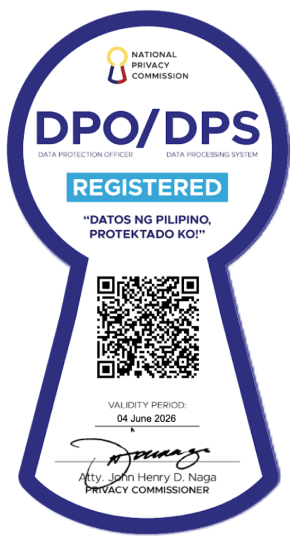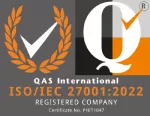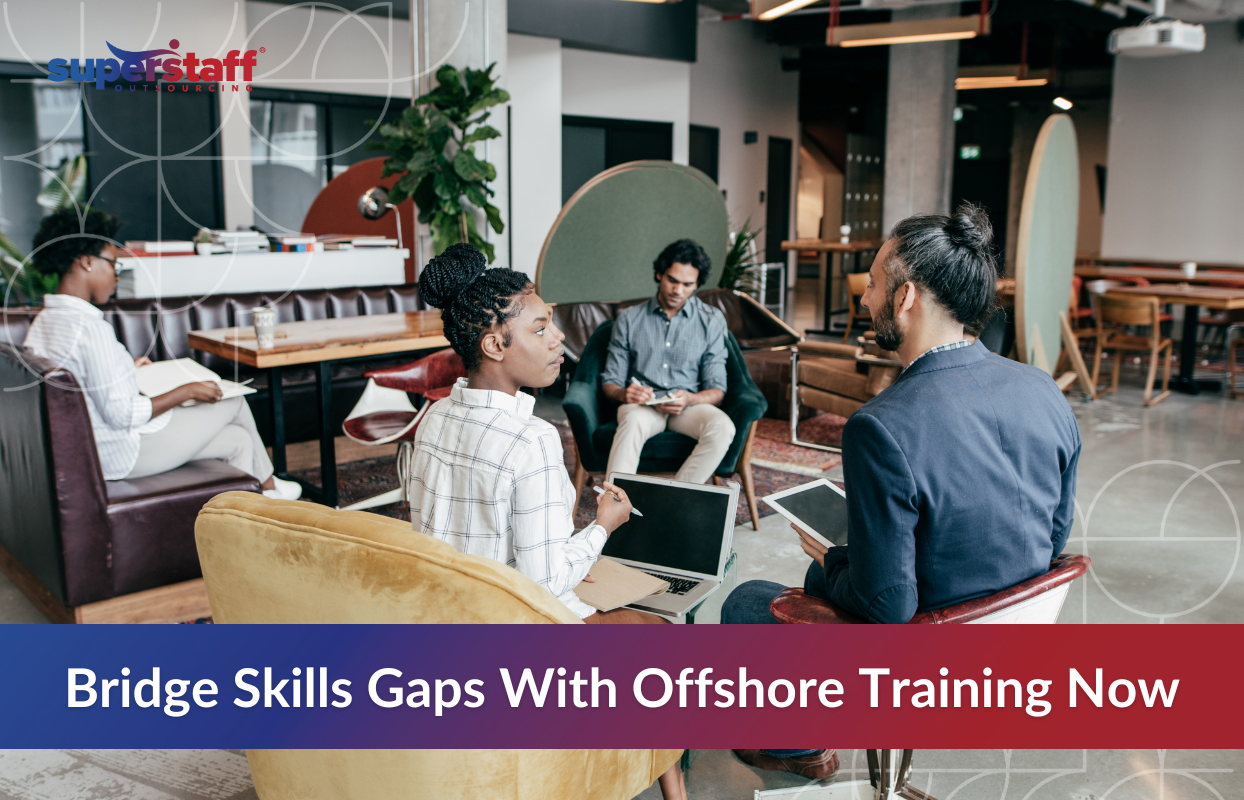
The recent executive order to dismantle the U.S. Department of Education has sent shockwaves through the nation’s educational landscape, raising real concerns about the future of workforce development.
With the federal structure being pulled apart, the responsibility for education now lands in the hands of states and local governments. That means more room for disparity—especially in how we train and prepare people for work.
So, how do we address the gaps this policy might widen? One option is turning outward: tapping into offshore training classes and support services that can provide consistent, high-quality upskilling for industries that can’t afford to fall behind.
Understanding the Policy Shift
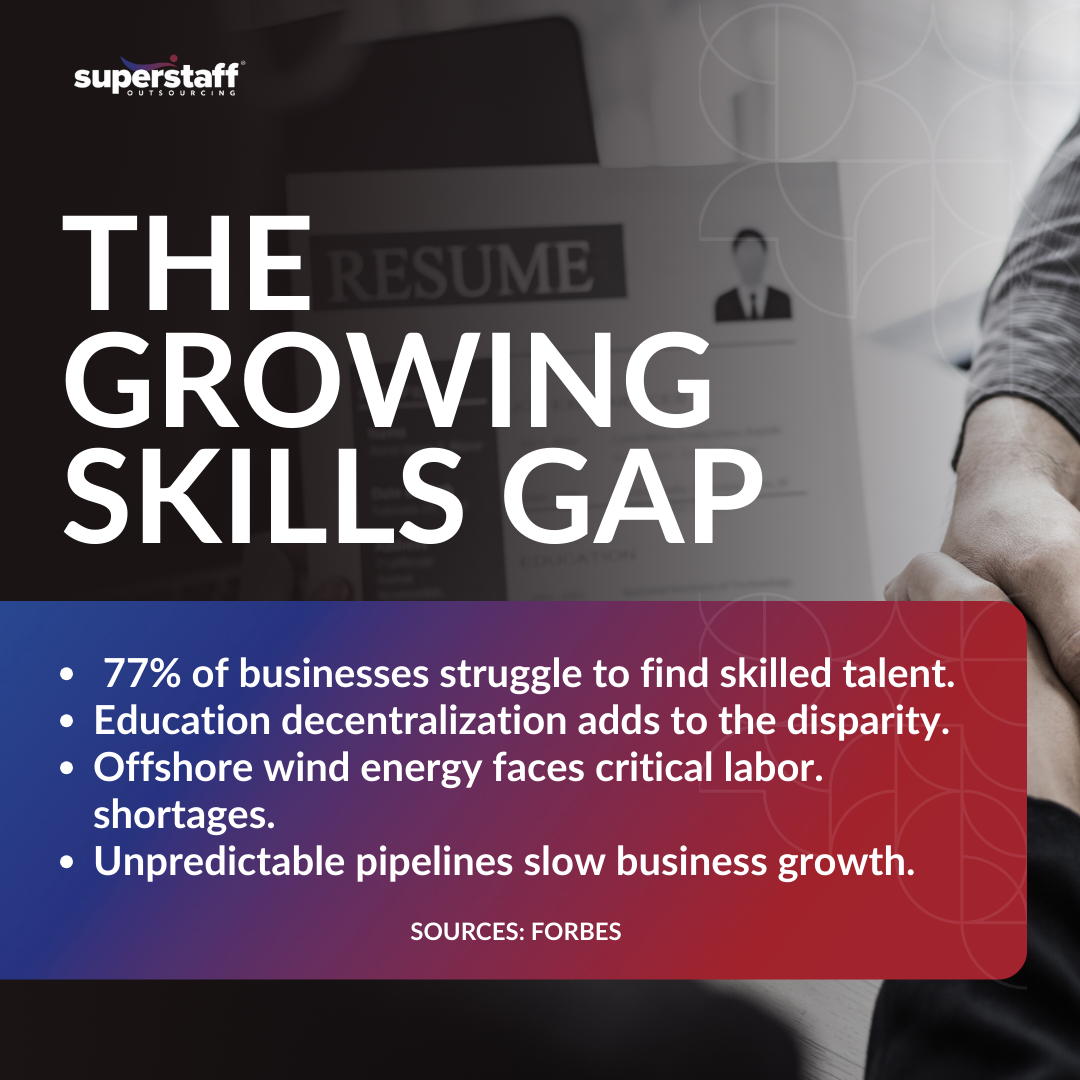
On March 20, 2025, an executive order was signed to dismantle the U.S. Department of Education—an institutional shift with ripple effects far beyond the classroom. The idea behind it? Let states and local communities take full control of their education systems. In theory, this sounds like empowerment. In practice, it’s a patchwork of varying standards, priorities, and resources.
According to the BBC, most of the funding for primary and secondary schools already comes from state and local taxes—federal funds account for only about 13%. That means even before this shift, disparities in local economies translated directly into disparities in educational opportunities. Now, with even less federal oversight, those gaps may grow wider.
Some states may innovate, yes—but others may struggle to keep up. This uneven playing field could hit underserved areas the hardest, pulling resources away from students who need them most. For employers, this isn’t just a policy story—it’s a workforce issue. Without consistent national standards, how do you know if the person you’re hiring from one state meets the same baseline as someone from another? That uncertainty puts the burden on companies to close the gap.
The Emerging Skills Gap
Let’s be honest: even before this policy shift, we were already behind. From renewable energy to manufacturing to tech support, businesses across the board have been feeling the pressure of a growing skills gap. And with educational standards now even more fragmented across states, it’s no surprise that the gap is becoming harder—and more expensive—to close.
Take offshore wind energy. It’s a booming sector with enormous potential, but it’s also starving for workers with technical know-how—people who understand safety protocols, specialized equipment, and industry compliance. Without a federal backbone to ensure consistent training, we’re staring down a bigger divide between demand and readiness.
And this isn’t just speculation. In fact, the talent crunch is hitting a historic high. According to Forbes, 77% of businesses globally reported difficulty finding the skilled talent they needed in 2023—marking the most severe shortage in 17 years. That’s more than just a statistic; it’s a wake-up call. The talent crunch is real, and it’s not limited to any one industry or country.
That’s why companies are starting to think more globally—exploring reliable, scalable training options like offshore training classes that meet industry standards, such as offshore safety training. These solutions offer consistency when domestic pipelines can’t—and for leaders navigating uncertainty, consistency is everything.
Offshore Training as a Solution
Here’s the question every forward-thinking business leader is asking: If we can’t depend on the domestic system to prepare talent consistently, why not look elsewhere?
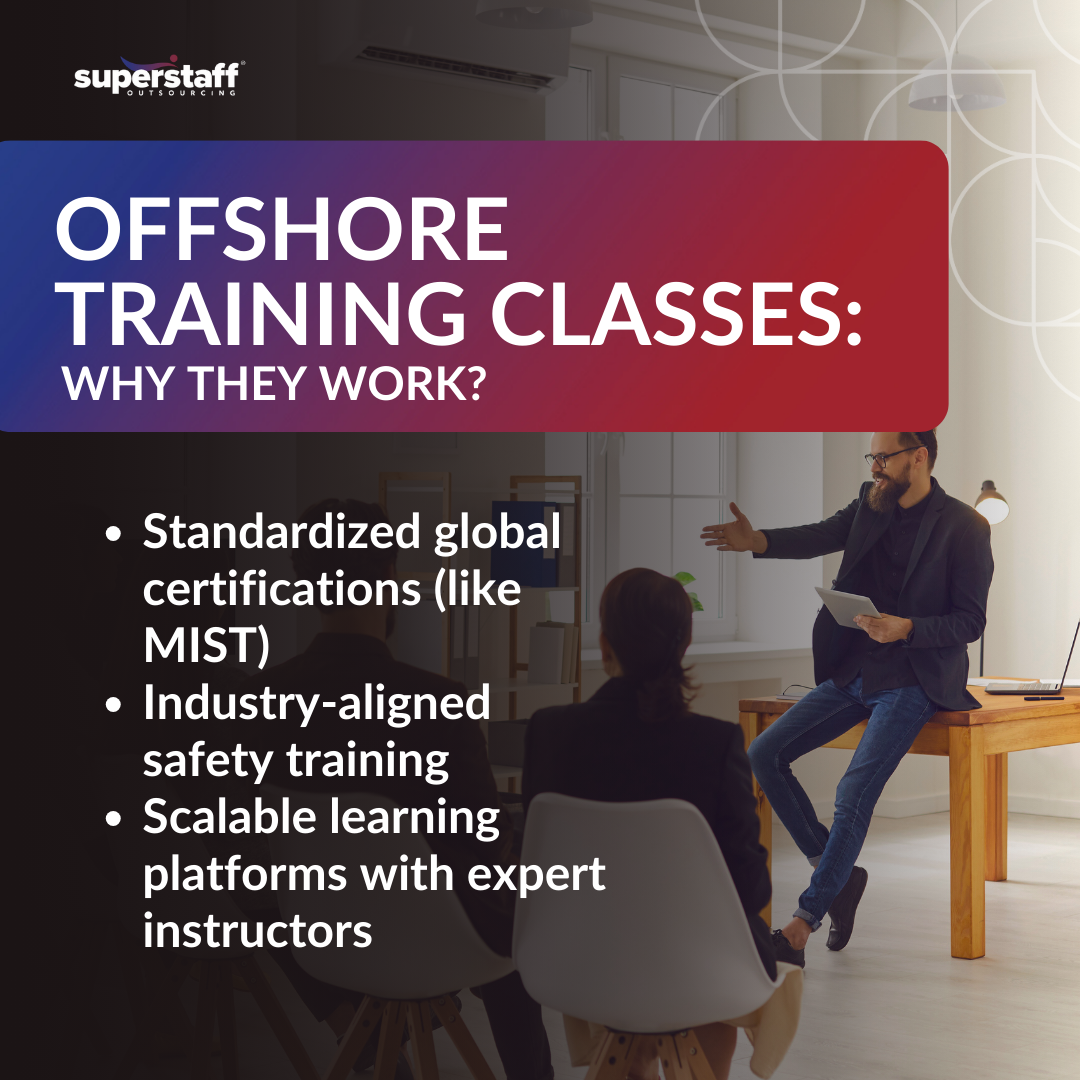
Offshore training classes offer something local systems can’t always provide—predictability. These programs are developed by seasoned professionals who know what today’s industries require and can scale that knowledge across borders. The curriculum isn’t limited by changing local policies. It’s built for results.
And the benefits go beyond cost-efficiency. You get access to seasoned trainers, advanced tech platforms, and globally recognized certifications that equip workers with exactly the skills you need. It’s not about cutting corners—it’s about building capabilities. For businesses trying to stay agile in uncertain times, this kind of control and consistency is invaluable.
Implementing Offshore Training Programs
Of course, even the best offshore training model won’t work without a strong implementation plan. This isn’t a plug-and-play solution—it’s a partnership.
Start by choosing a provider with a proven track record in your industry. Whether you’re in logistics, healthcare, or energy, make sure the training programs align with the specific skills and certifications your roles demand. For industries that operate in high-risk environments, like marine or oil and gas, certifications such as offshore safety training aren’t optional—they’re mission-critical.
Customization is key. A great offshore partner will work with you to tailor programs that meet your goals, reflect your brand standards, and evolve with your growth. Done right, this isn’t outsourcing training—it’s extending your talent development arm globally.
Challenges and Considerations
Let’s be real—offshore training isn’t a silver bullet. Like any smart investment, it requires careful vetting and alignment.
First, there’s the issue of cultural context. The best offshore training programs recognize that what works in one market may need tweaking for another. Your U.S.-based team shouldn’t feel like they’re taking a generic course built for a different country. It has to feel relevant, localized, and actionable.
Second, change doesn’t always come easy. Some internal leaders may question whether offshore training can meet the standards they’re used to. That’s where internal buy-in and data come into play. If you can demonstrate faster onboarding, fewer compliance gaps, and stronger performance outcomes, the value becomes undeniable.
The Future of Workforce Development
Here’s the bigger picture: offshore training classes are no longer just a workaround—they’re becoming a vital part of modern workforce strategy.
With AI-driven learning platforms, simulation-based training, and remote-ready infrastructures, today’s offshore solutions are light-years ahead of what they were a decade ago. And when you pair that innovation with the flexibility to respond quickly to shifting market needs, you’ve got a recipe for long-term growth.
The most forward-thinking companies aren’t just reacting to education policy changes—they’re proactively building their own ecosystems for talent development. Offshore training is helping them stay ahead, reduce risk, and attract people who are ready to perform from day one.
Final Take: Why Offshore Training Classes Matter More Than Ever
With the U.S. education system shifting toward state control, businesses face growing uncertainty around workforce readiness. The widening skills gap—already impacting industries like energy and tech—is now harder to close through domestic channels alone. Offshore training classes offer a consistent, cost-effective solution, giving companies access to industry-aligned programs like offshore safety training and the MIST offshore training course.
Ready to take control of your talent pipeline? SuperStaff is here to help you build smarter, faster, and stronger with offshore training and support solutions built for real-world demands. Let’s create a workforce that’s ready for anything—together.





